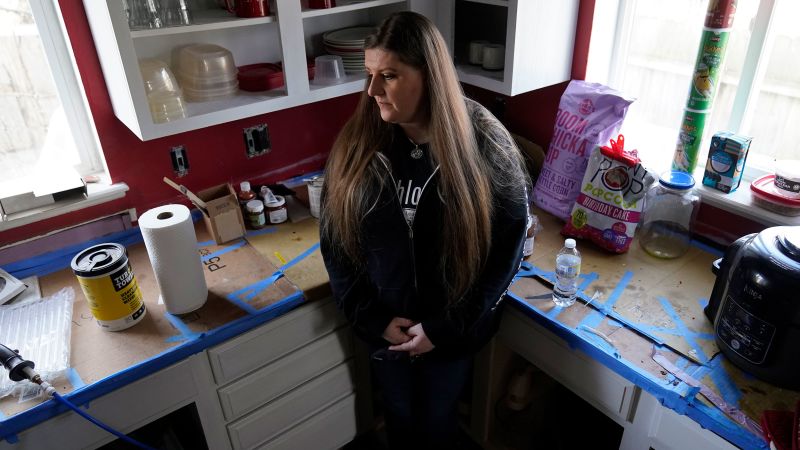
Flint Water Crisis: City Declares Water Safe After Lead Pipe Replacement
Opinion | 8/3/2025
After over a decade since the start of the Flint water crisis, the city has declared its water safe following the replacement of lead pipes. The crisis, which began more than 10 years ago, prompted a massive effort to replace the aging infrastructure that had contaminated the water supply with lead. Despite these measures, a significant portion of Flint residents remain hesitant to consume or use the water without a filter.
The crisis in Flint, Michigan, originated in 2014 when the city switched its water source to the Flint River, leading to elevated lead levels in the water supply. This decision, made to cut costs, resulted in a public health emergency and garnered national attention. The subsequent years saw extensive efforts to address the issue, including the replacement of lead pipes to mitigate the contamination.
While officials assert that the water is now safe for consumption following the pipe replacements, a notable level of skepticism persists among residents. Many individuals continue to rely on water filters as a precautionary measure, highlighting enduring concerns about the quality and safety of the water supply despite the infrastructure upgrades.
A White House official commented on the situation, stating, “The progress made in replacing lead pipes is a crucial step towards ensuring the health and well-being of Flint residents. However, addressing the lingering doubts and health issues will require ongoing efforts and transparent communication with the community.” This sentiment underscores the complex challenges that remain in fully restoring trust in the water system and alleviating health worries among residents.
As Flint marks more than a decade since the onset of the crisis, the declaration of water safety signifies a milestone in the long road towards recovery. Yet, the persistence of health concerns and doubts within the community serves as a poignant reminder of the enduring impact of the crisis and the ongoing work needed to rebuild confidence in the water infrastructure.


